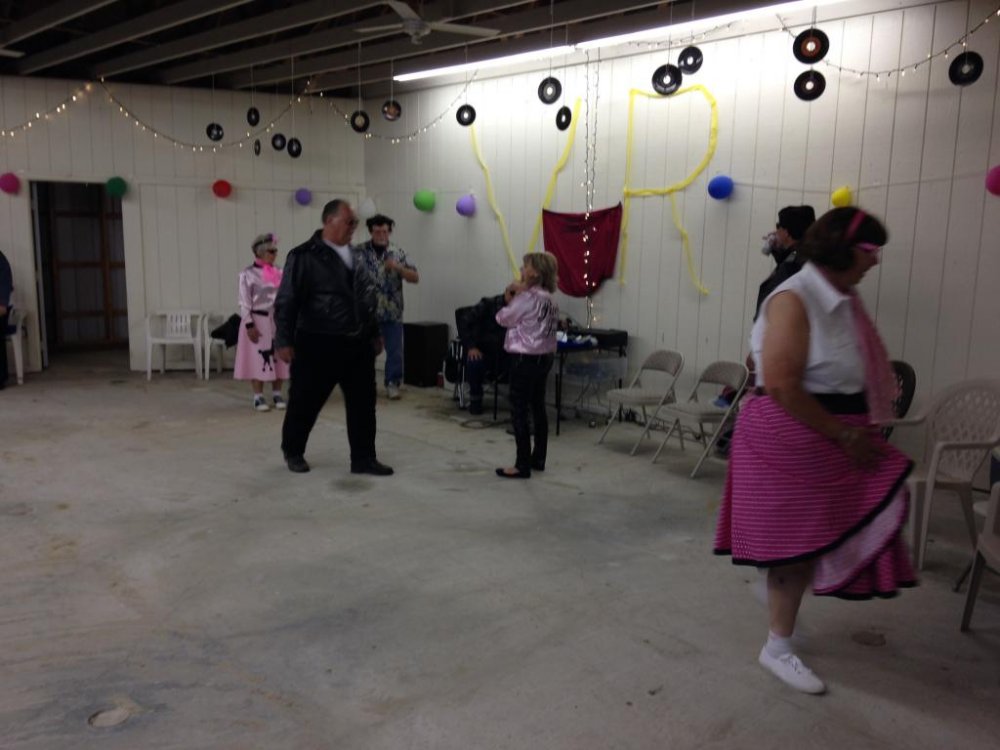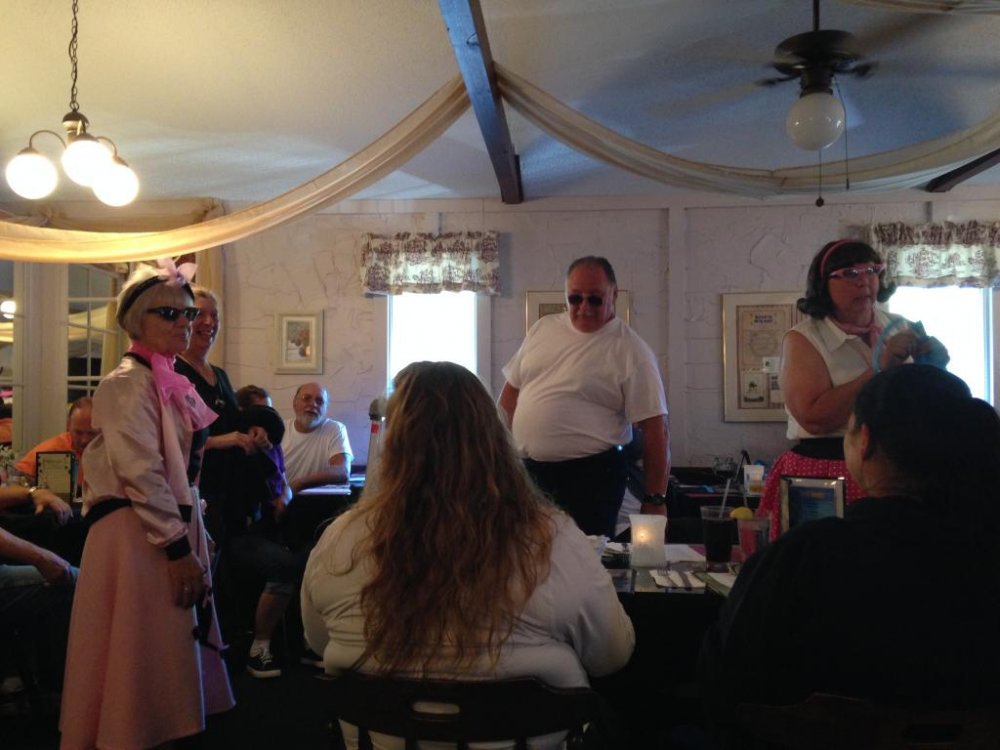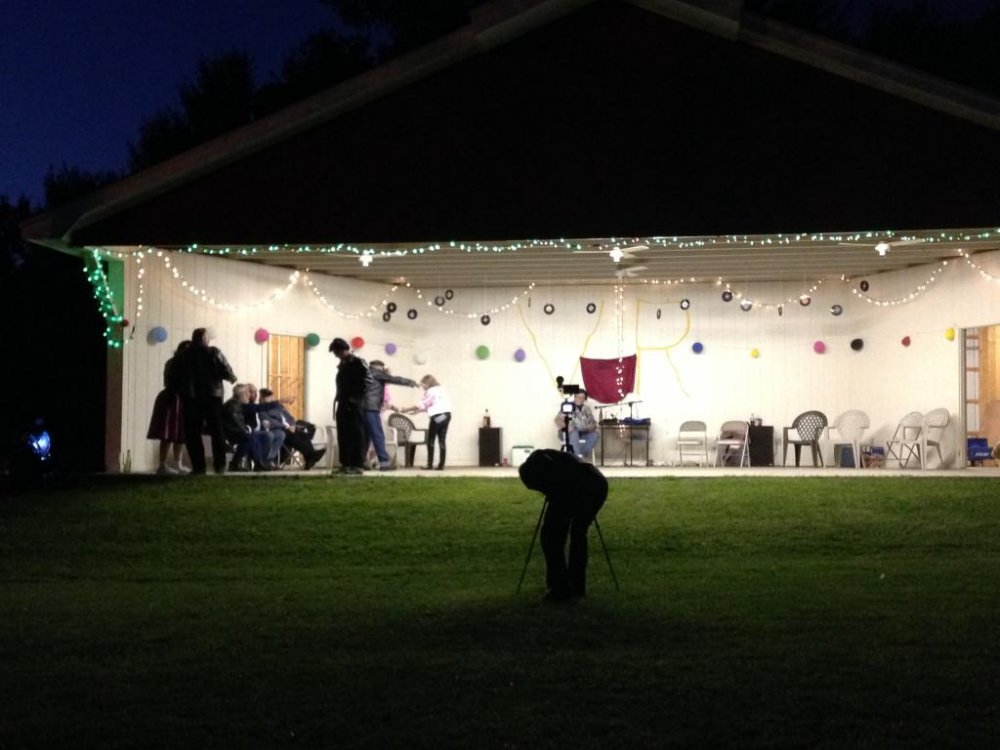-
Posts
126 -
Joined
-
Last visited
Reputation
15 GoodAbout Venturing Sole
- Birthday 10/03/1962
Personal Information
-
Name
David L Nelson
location
-
Location
Fairfax, VA, VA, United States
Converted
-
City
Fairfax, VA
Converted
-
State/Province
VA
Converted
-
Home Country
United States
Converted
-
Interests
golf, shooting, skiing, SCUBA, archery, workshop
-
Bike Year and Model
2004 Royal Star Venture; 2000 Millenium Venture #404
Recent Profile Visitors
The recent visitors block is disabled and is not being shown to other users.
-
Drews started following Venturing Sole
-
Venturing Sole started following mini-muffin
-
Venturing Sole started following Sleeperhawks Mechanic
-
Venturing Sole started following Blackjack
-
Venturing Sole started following Riderduke
-
Venturing Sole started following muffinman
-
Venturing Sole started following BEER30
-
Venturing Sole started following Sleeperhawk
-
Venturing Sole started following SledgeHammer
-
Venturing Sole started following cecdoo
-
Thinking of you and Kim. I'm reminded of a poster that was popular in the 70's that depicted a frog inside the mouth of a bird that was trying to eat it, yet the frogs hands were around the bird's throat trying to stop it. The caption said "Never Give Up". Be that frog. David
-
On my 2006 RSV I changed the front rotors at 91,000 miles. When removed, the rotors were pretty severely "dished" compared to the new rotors which were flat. My 2000 Millennium RSV has about 45,000 miles and I'm noticing some "dishing" on those rotors also. Just changed tires and got to wondering...can one flip the rotors over to allow the "dish" effect to flatten out over time? If one were to flip the rotors each tire change, might that keep the rotors from "dishing"? kind of like rotating tires on cars to keep the tread wear even. I was not able to try it this time because one of the rotor bolts hex heads rounded off on me and I didn't have any spare rotor bolts, so I didn't attempt to drill out or cut the bolt head to get it off. The one rotor I was able to remove appeared to be symmetrical with no obvious "this side toward wheel" indication. Looking forward to anyone's thoughts on this. Thanks David
-
Cruise control not working
Venturing Sole replied to Wizard765's topic in Royal Star Venture Tech Talk ('99 - '13)
I also had a problem with RSV cruise. Indicator lights are supposed to flash trouble codes or if a light remains on then it means something. All the service manual tests and procedures were not helpful. When all was said and done, mine was a combination of foot brake switch adjustment and failed compressor. -
For everyone who asked me who I was and that they never see any posts from me...I hope the photos are attached. Update: seems adding photos is not idiot-proof enough for me.
-
I had a somewhat similar experience with dripping fuel from the right side carb area, dripping down into the "V" where the cylinders meet. I was only running on three cylinders. The right front cylinder was not firing and the unburned fuel began to drip. Recommend checking to see if all cylinders are firing (touch each exhaust pipe to see if they are equally hot - kind of singes your fingers a little, except for the one not firing). If you have a cylinder not firing, could be the plug cap screwed into the wire has lost connectivity. Could be the ignitor module connections are gritty and need cleaning. Over they years I have had three different cylinders not firing. Two times it was the plug cap connection to the spark wire. Once it was the ignitor connection harness had some grit in it.
-
Wondering if anyone has experienced weak airhorn performance in cold weather? I have two stebel nautilus compact airhorns on my 2006 RSV. One replaced the stock horn on the right side in front of the passenger floor board. The other is in the front fairing to the left of the radio frame support tubing wherein the wires were run from the stock front left lower cowling horn (still functional). I used relays for each. When the temperature is above 40 degrees F (my garage maintains 50-60 in winter), the horns sound fine. When the temp is below 40 (bike parked outside at work all day), the horns give off a weak whine until I hold the button long enough for the horn compressor to move enough air to warm up (or at least that is what I surmise). I also note that my voltmeter drops significantly when I hold the horn button down (from about 13.5 volts to 11.5 volts). Wondering if this is common for air horns or if I have a problem that needs fixing? I imagine the compressors are sealed, but might there be some sort of seal lubrication needed? Thanks for any insights.
-
Removed the ignitor and performed a continuity test after sorting out all the wire colors compared to the Clymers manual. Manual shows a white/green striped wire to #2 coil, but in fact is a light grey. Wires for coils #2 and #4 checked out ok. Cleaned up the ignitor and the connector pins. Also cleaned up the wiring harness connector which had a lot of grit mixed with dielectric grease. Re-installed the ignitor and battery and checked for spark...voila! Spark! Set gas tank on to confirm cylinder would get hot. We got heat! All reassembled. Haven't test ridden yet, but pretty sure this problem is solved. Still have a cruise control problem, unless a miracle occurred in re-seating the ignitor. If cruise still not functional, that will be another thread. Thanks for the troubleshooting advice. Our forum is invaluable. David
-
History: in June 2011 (about 68,000 miles on my 2006 RSV) coming back from Maintenance Day bike suddenly ran a little rough and had poor highway performance. Muffinman helped do a color tune and we discovered #1 cylinder (left rear) had no spark. Replaced coil and plug cap and all was well again (in retrospect, coil was probably not bad, just needed to re-engage plug cap on the wire, but I’ll never know for sure). In July 2014 (about 105,000 miles) and a week after Sleeperhawk helped do a valve shim job (everything running great except cruise control), suddenly #4 cylinder (right front) wasn’t firing (exhaust hardly warm, heavy gas smell, gas dripping from carbs). Re-engaged plug cap on coil wire and all was good again (except cruise control still not responding to “Set”). Two weeks ago (about 110,000 miles) I changed the oil and suddenly #2 cylinder (left front) wasn’t firing (exhaust cold). Unscrewed and re-engaged plug cap, no difference. Tried again in case I didn’t do a good job, still not firing. Ordered a coil and plug cap (note that #2 coil has a shorter wire than #1 and #4 - and #2 is probably the hardest coil to get to). Installed new coil and plug cap and still no spark. Then I searched the forum and came across several threads with recommendations (primarily from V7Goose) circa 2011 to eliminate possibilities. I unscrewed the plug cap from the new #2 coil wire and put a nail in the wire to check for spark...nothing. The front two coils are too far apart to swap the spade connectors, so I confirmed #4 coil was generating spark by laying the plug against the engine...yep. Removed #4 coil and put it in #2 mounting location and attached spade connectors and put new #2 coil in #4 mounting location and attached spade connectors. New #2 coil hooked to #4 cylinder generated spark, so the coil assembly seems ok. The known good #4 coil assembly hooked to #2 cylinder produced no spark. Put the new #2 coil assembly back on #2 cylinder and put old #2 coil assembly on #4 cylinder. Old #2 coil gave spark on #4 cylinder, so I probably didn’t need a new coil after all (oh well). New #2 coil on #2 cylinder still no spark. No surprise at this point. Although it is probably a moot point, I checked resistance across the spade connectors of both new and old #2 coils and original #4 coil (on my workbench). All measured 4.3 Ohms. I could not get any readings on the meter when I put one probe in the end of the coil wire and one probe on any of the spades or the mounting posts. Also could not get any readings when I touched one probe inside the plug cap and the other probe to the screw end. Again, probably a moot point since I physically swapped coil assemblies and always got spark on #4 cylinder and never got spark on #2 cylinder. Is the conclusion that the ignitor is bad? Is there a way to eliminate the wiring harness? Looking at the wiring diagram, all four coils have a wider spade red/black wire which goes to the engine stop switch. #1 coil (left rear) has an narrower spade orange wire that goes to the cruise control and the ignitor. #3 coil (right rear) has a narrower spade yellow wire that goes to the ignitor. #4 coil (right front) has a narrower spade white wire that goes to the ignitor. #2 coil (left front) has a narrower spade white wire (although diagram says it should be white/green) that goes to the ignitor. It appears ignitors cost about $500. Would like to have confidence this is the problem so I don’t throw $500 after the $100 I wasted on the coil/plug cap. Can a dealer check function of an ignitor off the bike? Amy other tests I can perform? Appreciate any help. David
-
Asheville 2014 ME Sleeperhawk Mechanic Pictures
Venturing Sole replied to Sleeperhawks Mechanic's topic in Picture Folder
I get the same message. -
Anyone have a golf club holder for their Venture?
Venturing Sole replied to GG54172's topic in Watering Hole
The Rivco web site is: http://www.rivcoproducts.com/products/product.php?productid=448&cat=397&page=1 Hopefully pics from website are attached also.- 25 replies
-
- brakelight/license
- build
-
(and 3 more)
Tagged with:
-
Fuel Sender Replaced
Venturing Sole replied to Seaking's topic in Royal Star Venture Tech Talk ('99 - '13)
My fuel gauge blinked and fuel light and trip meter didn't work for darn near 20-30,000 miles. Finally replaced the fuel sender unit even though diagnostics were inconclusive. As you said, the procedure is simple and the unit was not too expensive. Instantly worked right when I replaced mine about a year ago. -
I believe I'm coming (camping), perhaps with Riderduke (hotel) and Buudah (maybe camp, maybe hotel, maybe not coming). Do I have to reserve a tent site in advance? Contact number at KOA if the answer is yes? David
-
If yours doesn't already have them, the passing lights are a significant safety feature (in my opinion). Cars see bikes when they have three lights up front. A single headlight can often be confused as one of the headlights on a car behind you when seen from the front. I was creamed by a young girl on a rainy day when she pulled out of a side street in front of me because she didn't see my bike (instead she saw a car farther back and my one headlight was aligned with one of the two headlights behind me - optical illusion). Have never had a problem after putting passing lights on my replacement Venture.
-
I have a friend with a 1997 GL1500 SE Aspencade that has been triked. His owner's manual says there should be an aux plug inside/underneath the left snap-down fairing pocket, but it is not there (removed the four screws to remove the pocket to check). Anyone know whether a 1/8" stereo audio jack wire can be run to a junction point inside the fairing or wherever the audio system is on this model year wing? Thanks David





